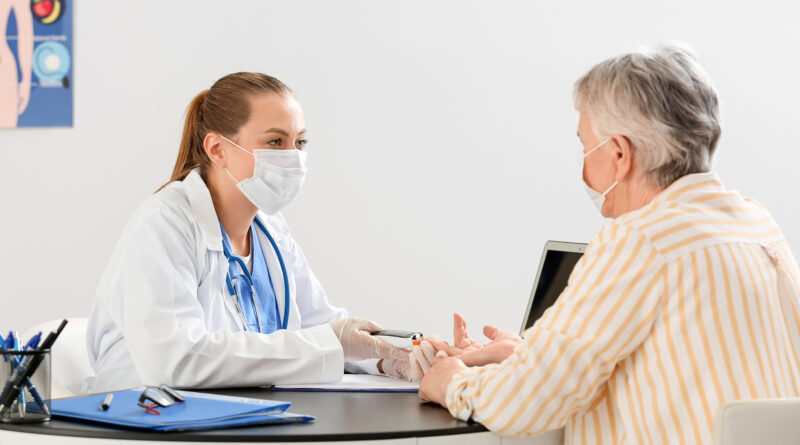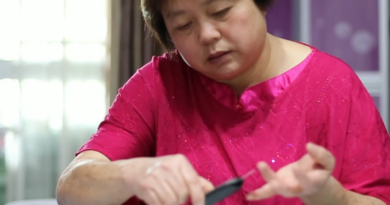Navigating COVID-19 and Diabetes
With constant rise in numbers, COVID-19 is becoming a concern for many people. COVID-19 seems more worrisome if you have an existing chronic condition. According to the American Diabetes Association, people with diabetes are more likely to have more severe symptoms and complications when infected with any virus. Just to note that if you are living with diabetes, you are not at a greater chance of getting the virus. Since there is no greater risk, but greater severity when contracting this illness, let’s discuss symptoms, prevention, and the facts on navigating COVID-19 and Diabetes.
There are many symptoms associated with COVID-19 from mild symptoms to severe illness. According to the CDC, symptoms may appear 2-14 days after exposure to the virus.
This list does not include all possible COVID-19 symptoms, but gives you an idea on navigating COVID-10 and diabetes. It does however include some of the most common symptoms:
- Fever or chills
- Cough
- Shortness of breath or difficulty breathing
- Fatigue
- Muscle or body aches
- Headache
- New loss of taste or smell
- Sore throat
- Congestion or runny nose
- Nausea or vomiting
- Diarrhea
Here is when you should seek immediate medical attention:
- Trouble breathing
- Persistent pain or pressure in the chest
- New confusion
- Inability to wake or stay awake
- Pale, gray, or blue-colored skin, lips, or nail beds, depending on skin tone
You can reduce your risk of infection from the COVID-19 virus and reduce the risk of spreading it to others. The CDC and WHO recommend following these precautions:
- Keep at least 6 feet of distance between yourself and people outside your household.
- Avoid crowds and indoor places that have poor ventilation.
- Wash your hands often with soap and water for at least 20 seconds. If you’re not able to wash your hands, use an alcohol-based hand sanitizer that contains at least 70% alcohol.
- Wear a mask in public places, especially when social distancing is difficult.
- Cover your mouth and nose with your elbow or a tissue when you cough or sneeze.
- Avoid touching your eyes, nose, and mouth.
- Clean and disinfect often-touched surfaces daily.
We hope that you take this information and use it to your advantage to keep well. If you do feel like you have contracted COVID-19 or have symptoms, please call your practitioner, and get tested. When navigating COVID-19 and diabetes, you may want to have your glucose and ketone readings available to provide to your medical team.
We hope that you find these tips useful in keeping happy and healthy!




